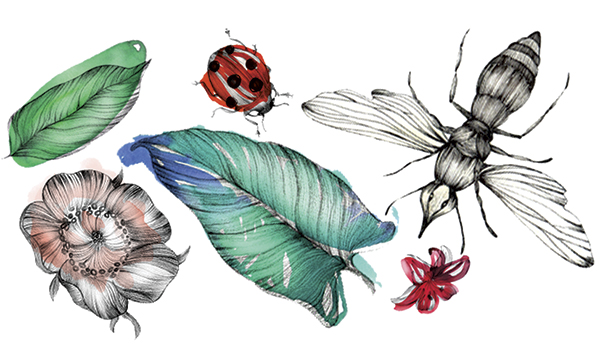Christopher de Hamel last week shared with Tablet readers some of the detective story of tracking down the Psalter that Becket – St Thomas of Canterbury – perhaps carried at his martyrdom. In The Book in the Cathedral, his entertaining account of the quest, he includes a joke or two, as is his way.
The context of one joke is the interesting point that books belonging to saints did not, in the Middle Ages, generally count as relics. I was a little disappointed by this, as I revere in a quiet way a book on my shelf with a dedication (not to me) written in ink by St John Henry Newman. Since the soggy ground of Rednal dissolved Newman’s remains, secondary relics are the best we can expect. And why should a signature be less a relic than a hat?
Anyway Dr de Hamel lists some things displayed as relics of Becket: his mitre, gloves, bedclothes, belt, cowl, sandals and his “flail made of thongs”. A flail? Agriculturally, a flail for threshing corn has a handle on which a swingle or swipple is hung, but there is also a liturgical instrument called a flabellum that is more like a fan. Flabella could be peacock feathers. They dissuaded little creatures from flying into the chalice.
In the Book of Kells, on the illuminated page showing the Virgin Mary and Child, angels at the corners hold flabella, we are told, though they don’t look like fans. They are discs on the tops of staves. But looking at them, I was suddenly reminded I’d seen such a thing before.
27 August 2020, The Tablet
For centuries Christians seemed to perform self-flagellation honestly enough

Get Instant Access
Continue Reading
Register for free to read this article in full
Subscribe for unlimited access
From just £30 quarterly
Complete access to all Tablet website content including all premium content.
The full weekly edition in print and digital including our 179 years archive.
PDF version to view on iPad, iPhone or computer.
Already a subscriber? Login


